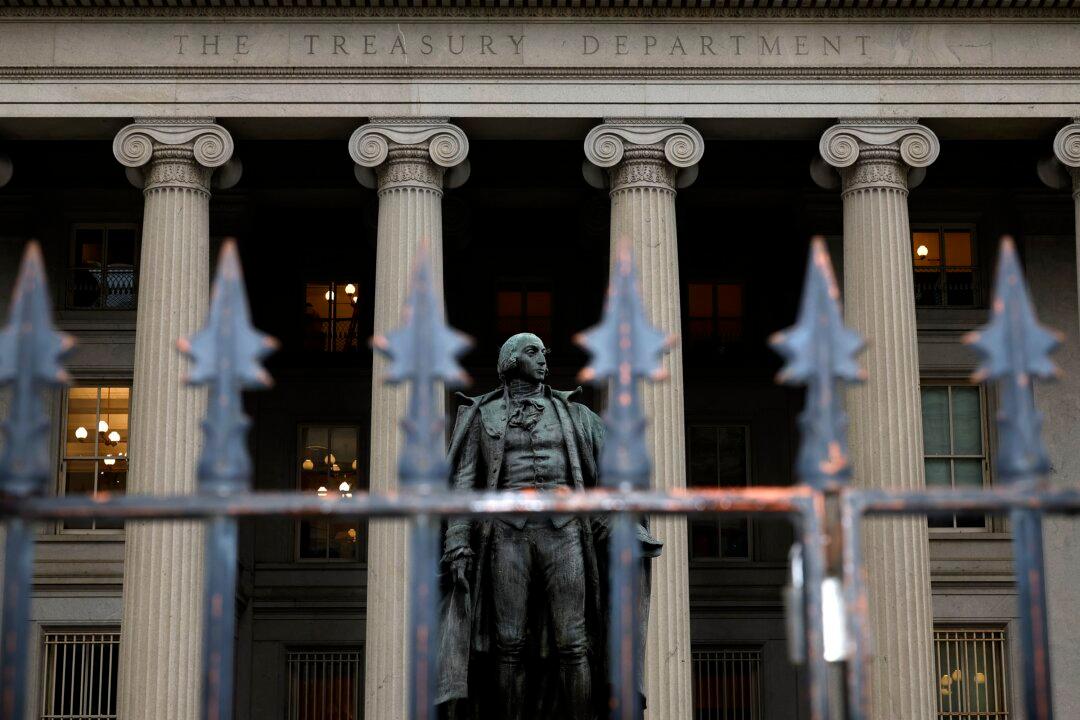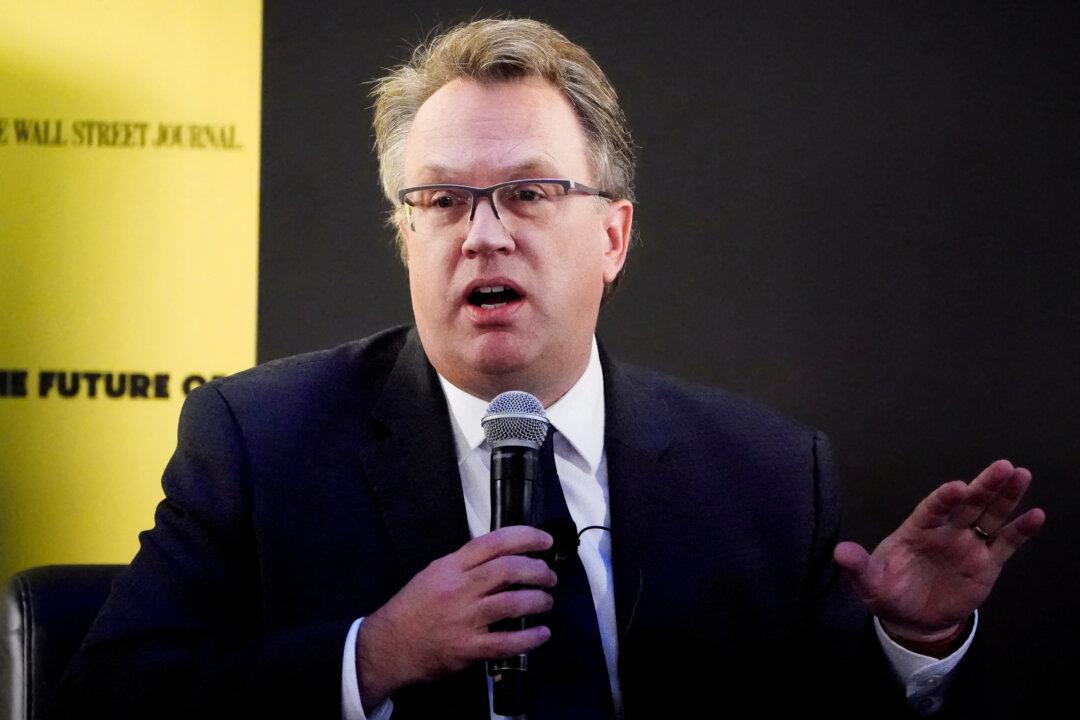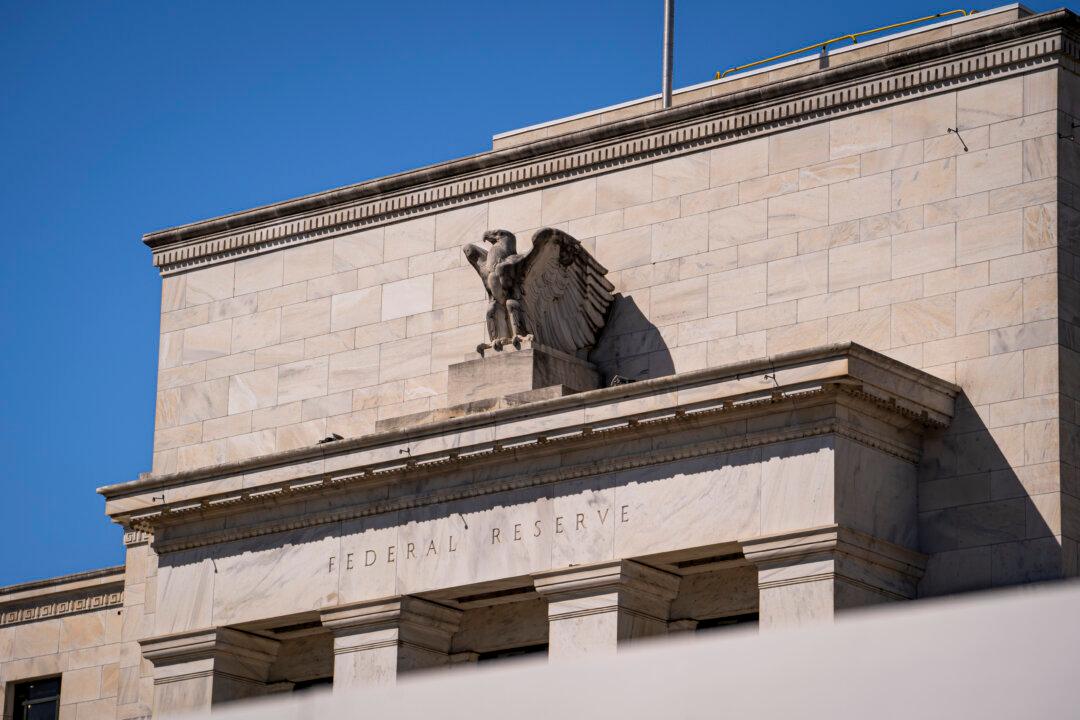In a recent analysis, professors Anat Admati, Martin Hellwig, and Richard Portes present a scathing critique of the U.S. banking sector’s systemic issues, brought into focus by the 2023 banking crisis. Their analysis, in particular, centers around the failure of Silicon Valley Bank (SVB) and First Republic Bank, highlighting the systemic issues afflicting U.S. banks.
The analysis suggests that the crisis in U.S. banking is systemic, not because of the interconnectedness of banks, but due to similar banking strategies they’ve adopted. SVB’s failure in March 2023, following a run on deposits, is a case in point.




